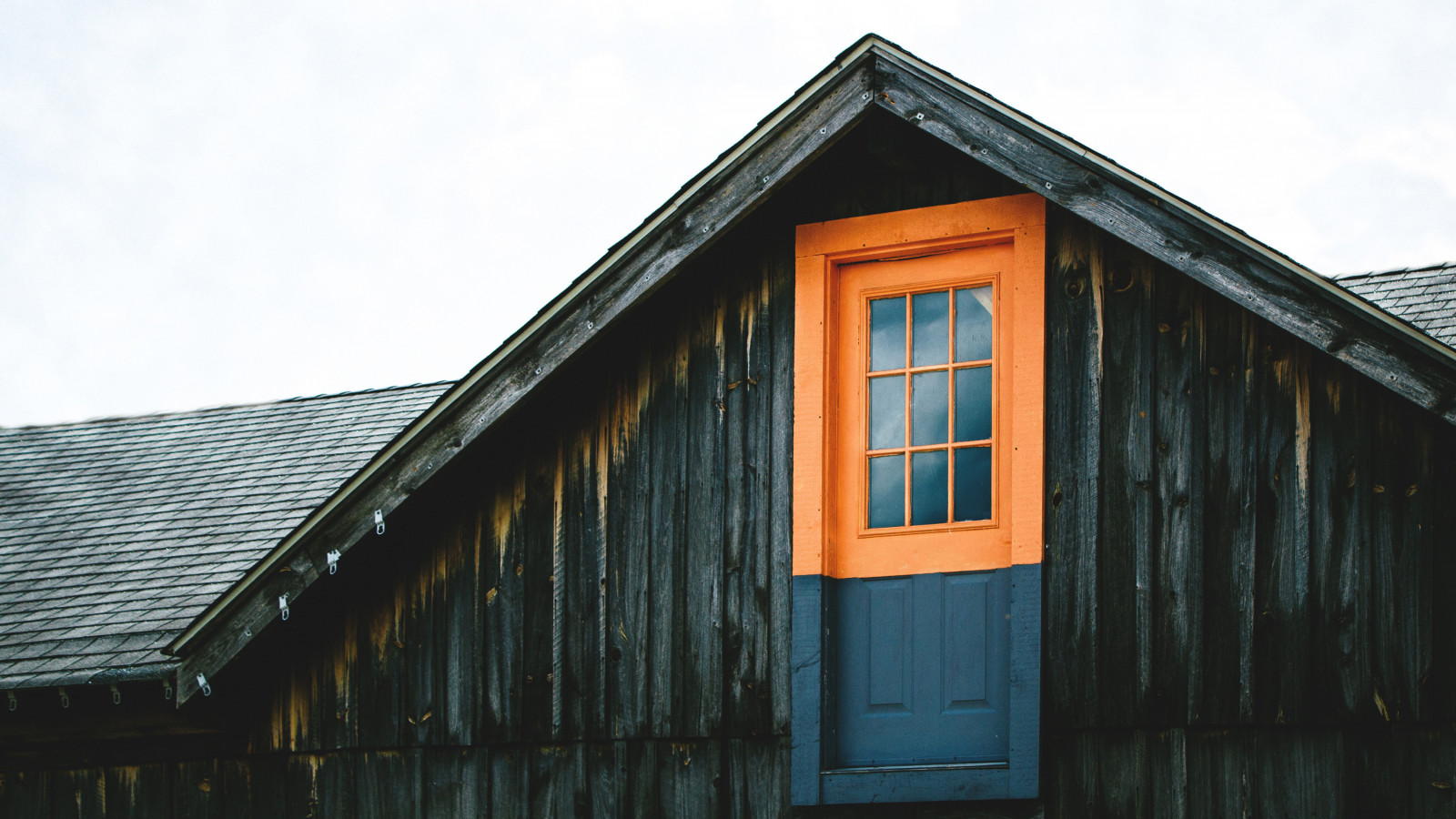It is 2018 and New Zealand is still building unhealthy homes. Many things contribute to unhealthy homes, but a big contributor is moisture forming within the building structure which encourages the growth of mould and rot.
Dampness due to condensation can lead to fungal growth which harms occupants, causes decay in structural timbers and accelerates corrosion of metal components and fixings. There is also the risk that insulation will suffer a reduction in its thermal efficiency, which creates a negative spiral. These effects may be taking place within the structure but with no visible indication of problems. However, it may also appear that the roof is leaking, when in fact the issue is interstitial condensation.
How does it happen?
Moisture-producing activities take place in most buildings. Bathrooms, kitchens, laundries and swimming pools are all sources of high indoor humidity. In addition, humans exhale an estimated 400ml of water vapour a day. All this moisture, combined with our high Relative Humidity (RH), means our buildings have to deal with a lot of moisture on a daily basis.
Air has a limited capacity for carrying water vapour. At full capacity, it is said to be fully saturated. The moisture vapour in air exerts a pressure known as the vapour pressure. The temperature at which the air becomes fully saturated with moisture, ie 100% Relative Humidity, is called the dew point. When warm moist air meets a cold surface it is cooled, and if its temperature drops below the dew point it will give up moisture in the form of surface condensation. It is in dark, damp conditions such as a roof or wall with interstitial condensation that mould and rot thrive.
Early warning signs
As we all know, warm air rises, taking water vapour with it. Therefore, the first signs of building damage usually become visible within the roof structure. Initial indicators are ceiling linings cracking or sagging, or mould growth. These signs should not be ignored.

How can we stop condensation?
Easier said than done. Not cooking, bathing or breathing is not an option. What we can do is ensure that areas such as kitchens and bathrooms are effectively mechanically vented to the outside. Lowering the moisture will reduce condensation but unfortunately will not eliminate it.
Traditional Flat Roofs provide a cold surface which risks interstitial condensation forming. A cold roof is therefore required to be ventilated. In many flat roof designs, this ventilation is achieved with ventilation domes. But ventilation is imprecise and in some cases can effectively allow heated air to escape the home, which is very wasteful.
A Warm Roof design can be preferred as the vapour barrier prevents condensation from occurring in the first place. The insulation is continuous, so there are no thermal bridges, and the insulation is not degraded over time by moisture concerns.
Installing the same R-Value insulation product into a warm or cold roof will result in very different construction R-Values. The shortcomings of a cold roof system is clearly demonstrated when comparing the two methods in Design Navigator.
Solution
Suitable thermal insulation should be included above both a vapour barrier and the building's structure. This insulation layer must have sufficient insulation value for its underside to remain above the temperature at which condensation can start, even in the coldest design conditions.
When specifying the amount of insulation, bear in mind that New Zealand’s minimum building code requirements are significantly lower than the rest of the Western world. Insulation is hard to retrofit and will save energy for decades to come.

Should cost be a concern?
We have proven examples over the last 10 years where a Warm Roof is considerably more cost effective to install than a traditional flat roof on ply substrate. Once installed, the new homeowners will be on the way to a healthy and energy-efficient home.
Controlling internal moisture by correctly specifying and detailing a warm roof system with an air vapour barrier is a key component of any new Flat Roof design. Once the science and economics are understood, it is hard to imagine why anyone would compromise and settle for a traditional cold roof design!




























 Most Popular
Most Popular Popular Products
Popular Products



